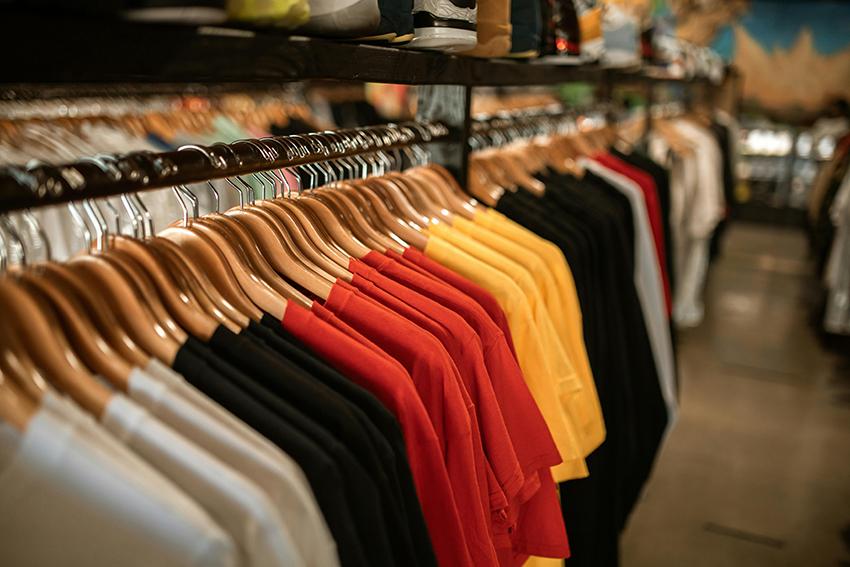Romanians spent €36 billion in large retail chains across 2023, up 11% vs. 2022
Romanians spent €36 billion in large retail chains in 2023, marking an 11% increase compared to 2022. The FMCG sector led the way, accounting for €22.5 billion, or more than 60% of this total, according to the Romania Retail Snapshot 2024 by Cushman & Wakefield Echinox, which analyzed financial results from 116 companies across 12 retail segments.
The second-largest share of spending went to DIY stores, totaling €3.6 billion (10%), followed by Electro-IT at €3.3 billion (9%), and Fashion retailers at €2.2 billion (6.1%). The lowest shares were held by Jewelry (€212 million, 0.6%), Footwear (€356 million, 1%), and Cosmetics (€458 million, 1.3%).
Total Revenues Breakdown by Segments
The annual turnover growth rate in 2023 slightly exceeded the annual inflation rate of 10.4%, but slowed compared to 2022, when turnover growth was 16.3% against a 13.8% inflation rate.
Overall Turnover Evolution (MIL €)
All analyzed retail segments saw higher year-on-year turnovers in 2023. The largest increases were in Cosmetics (33.5%), Specialized Stores (20.4%), Kids & Toys (17.5%), and Food & Beverage (14.5%).
The 12 sectors analyzed include FMCG (major hypermarket/supermarket chains), Fashion, DIY, Sports, Footwear, Kids & Toys, Jewelry, Home & Deco, Food & Beverage, Cosmetics, Electro-IT, and Specialized Stores. Collectively, the 116 retailers operate over 6,000 stores in Romania, primarily located in shopping centers, retail parks, and commercial galleries.
Segments with the lowest turnover growth rates in 2023, below the average annual inflation rate, were DIY (3%), Home & Deco (4.8%), Jewelry (6%), Electro-IT (8.3%), and Sports (8.6%). Other segments saw growth rates above inflation: FMCG (12%), Footwear (12.3%), and Fashion (11.3%).
Vlad Săftoiu, Head of Research at Cushman & Wakefield Echinox, noted: “The retail market performed very well throughout last year, despite 2023 being the second consecutive year with a double-digit inflation rate. All segments from our snapshot recorded sales increases compared to 2022, most above inflation. Moreover, an expanded analysis of the 2019–2023 period shows that the average CAGR for major retail operators (11.5%) was significantly above the average annual inflation rate (7.9%). The forecast for this year is also positive, with consistent retail sales growth compared to the same period in 2023.”
From 2019 to 2023, the average annual sales growth rate surpassed the average annual price growth for most categories (11.5% vs 7.9%), except for Footwear (6.3%) and Home & Deco (6.8%). Cosmetics saw the highest surge (17.8%), followed by Specialized Stores (17.3%).
Turnover increases for large retailers were driven by both expansions and organic growth, with increased sales in physical stores and online expansions by several operators. These expansions were supported by investments from developers, who completed over 50 projects between 2019 and 2023, adding more than 715,000 sq. m of new modern retail spaces through new developments and expansions of existing ones.
Source: Cushman & Wakefield Echinox Research, based on data from the Ministry of Finance and National Institute of Statistics










